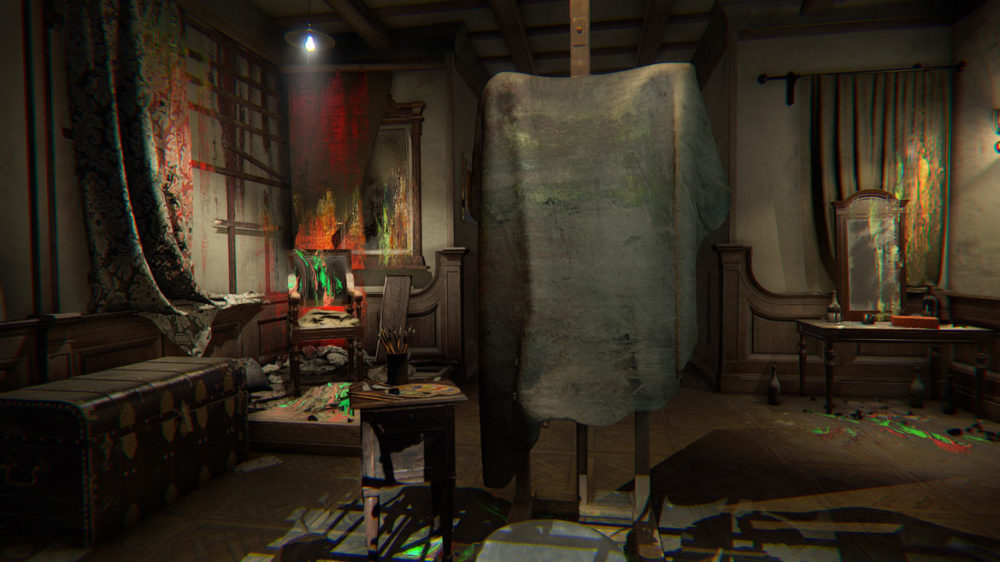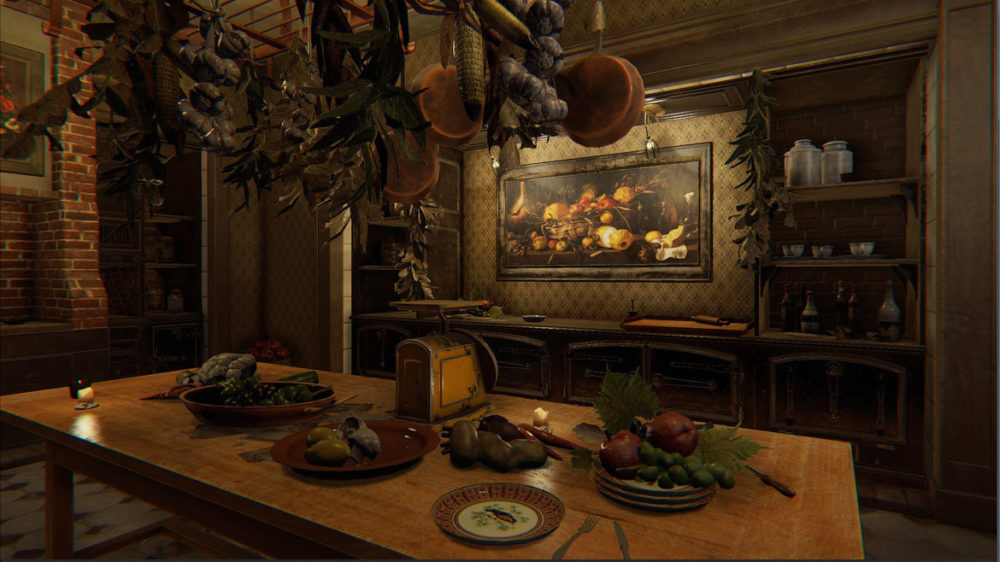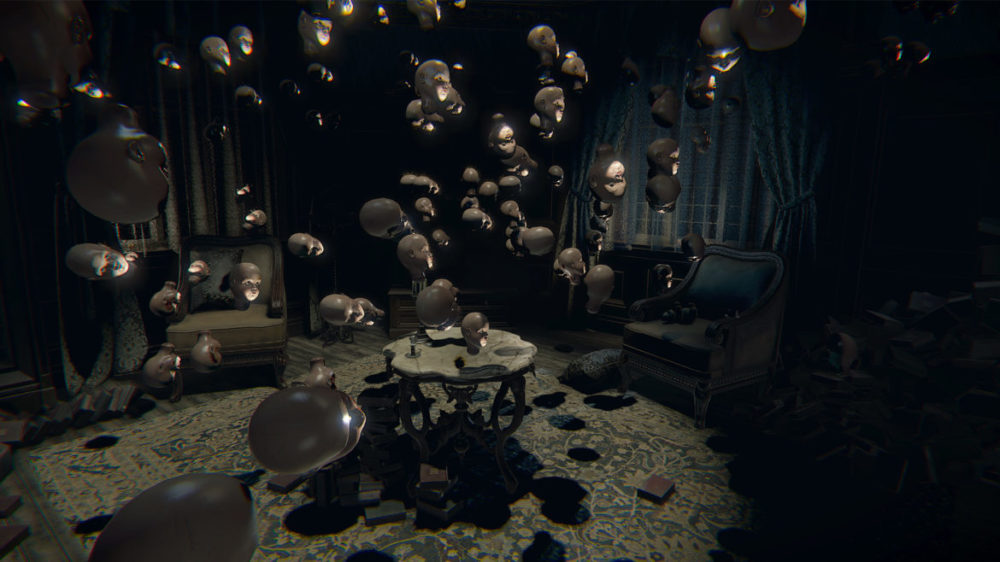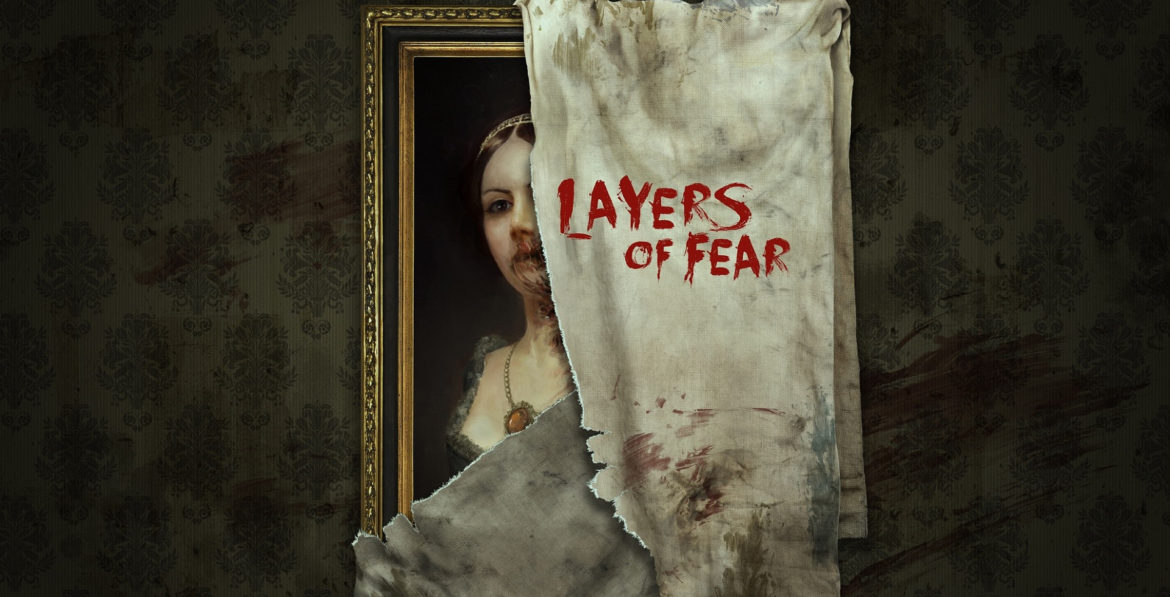TL;DR
Layers of Fear VR offers a deeply immersive psychological horror experience, perfectly suited for virtual reality. You'll explore the twisted mind of a painter as the environment shifts to reflect his madness. The Playstation Move controllers enhance interaction, letting you feel truly present as you uncover the narrative. While the PS4 headset's resolution is a limitation and the graphics aren't a huge leap from the original 2016 release, the masterful sound design and palpable tension make for a genuinely terrifying journey. Ready to confront your fears? Dive into the full review to see if this is the VR horror for you!
As a newcomer to VR games, my initial experiences have been focused on the horror genre. Following my review of Doom 3 VR-Edition, where I appreciated the immersive experience of exploring the game in VR, I’ve now turned to Layers of Fear VR. The precision with which the VR technology for Playstation 4 (Pro) translates head and hand movements into the game environment remains impressive. However, the resolution limitations of the headset, largely due to the constraints of the previous generation hardware, are noticeable (I look forward to Playstation VR 2 addressing this). I find that Layers of Fear VR lends itself exceptionally well to the VR format.

The narrative unfolds within a seemingly abandoned house, as the player uncovers clues to understand past events. The player embodies an artist descending into madness, with the surrounding environment reflecting his deteriorating mental state. The core question becomes: Can the truth of the past be revealed to unlock the future? Layers of Fear VR delivers a uniquely immersive experience of psychological horror.

Layers of Fear, originally released in 2016 by the Polish developer Bloober Team, has been reimagined for VR. Unlike my experience with Doom 3 – VR Edition, where I used a standard hand controller, I am utilizing the Playstation Move motion controllers, a requirement for this title. This control scheme introduces a new dimension to VR interaction, allowing players to manipulate objects with individual hands, twisting, turning, and opening them as needed. The level of interaction contributes significantly to the sense of presence, creating a near-tactile illusion. Careful exploration is crucial; players should thoroughly examine every object. A dedicated button provides a clearer view of text on letters and other documents. The game supports both standing and seated playstyles. While I typically prefer seated play for comfort, standing does heighten the immersion. However, be mindful of your surroundings, as the intense horror can easily trigger startled reactions.

The sound design and musical score are expertly crafted to cultivate a pervasive sense of unease from the outset. The atmosphere is consistently tense, leading to a physical response; I found myself involuntarily clenching my toes throughout my playtime. As in Doom 3 VR-Edition, the game employs visual “blinders” during snap turning, supposedly to aid in maintaining orientation. I maintain my opinion that this feature is unnecessary and would benefit from an option to disable it.

While Doom 3, released in 2004, exhibits understandable graphical limitations due to its age, Layers of Fear, released twelve years later in 2016, unfortunately does not demonstrate a significant graphical leap. The visual fidelity of Layers of Fear is not substantially improved compared to Doom 3, which is disappointing.
In conclusion, Layers of Fear VR delivers a compelling and genuinely terrifying VR experience that capitalizes effectively on the immersive potential of the medium. While graphical shortcomings and occasionally obtuse puzzle design prevent it from achieving the highest rating, Layers of Fear VR remains a recommended title for those equipped with the necessary hardware – and the courage – to experience it.

